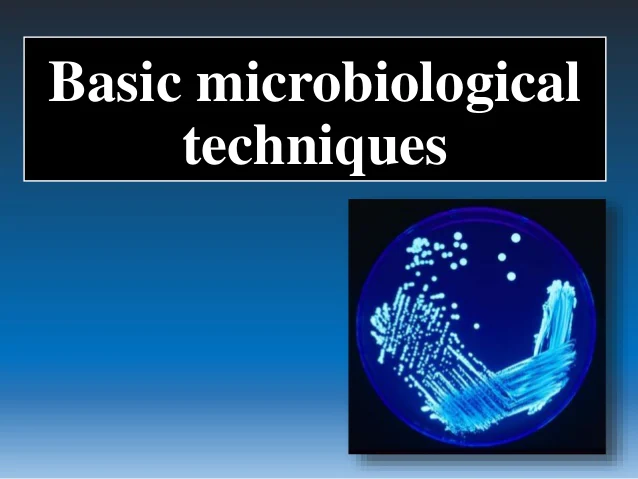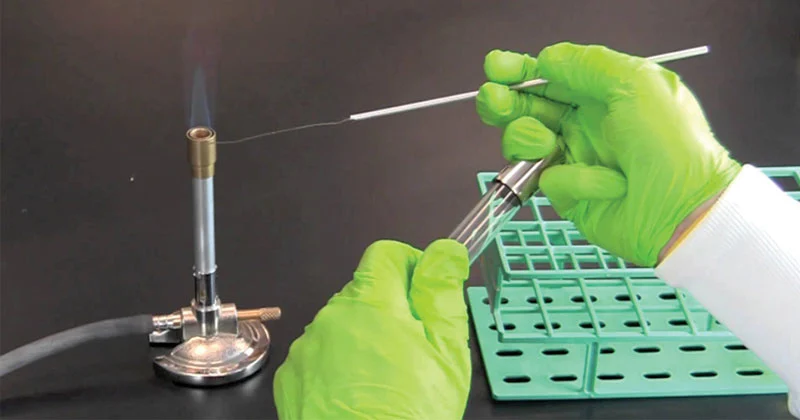

Practical Aspects of Microbiology
| Duration | - | 02 Days |
| Number of hours | - | 10 (Theory 02, Practical 08) |
| Course content | - | - Preparation of broth, plate, culturing of microorganism |
| Outcome | - | The candidate will be able to perform microbiological testing which is required in quality control of parenteral products |
Microbiology Training
Microbial testing is important in many industries worldwide like water, food, detergents, pharma and cosmetics, where human health is at risk of being adversely affected by disease-causing microorganisms. The microbiological investigation is necessary and required to detect contamination, maintain high quality standards and to ensure safety and efficacy of the products.
The Center of Training and Skill Development, Mohali provides Microbiology summer/winter training to Life sciences students. This is an industry oriented program to provide a thorough knowledge on the test methods and precautions to be taken for carrying out microbiological test of various samples. The trainee practices solid and liquid media preparation, identification of different microorganisms, their isolation and culture maintenance. Hands-on practice on various equipments used during the test is also provided.
Advanced Microbiology Training
- Introduction to Good Laboratory Practices
- Basics of Calculations; Buffers and Reagent Preparation
- Various Media (Solid/Liquid) preparation and Its Sterilization
- Various methods of Inoculation of Cultures( Streaking, spreading)
- Microbial Enumeration (TAMC and TCYM)
- Antimicrobial Susceptibility test( Kirby-Bauer test)
- Isolation and Culturing of microbes from Soil, Water, Air Samples
- Isolation of pure bacterial colonies from mixed population
- Identification of microorganisms by Biochemical testing
- Various staining techniques
- CFU ( Colony Forming Unit) Count
- Pyrogen Testing
- Sterility test
- Bacterial Motility Test
- Water portability or MPN test
Extraction of phytoconstituents from plants
Many antioxidant compounds can be found in fruits and vegetables including phenolics, carotenoids, anthocyanins, and tocopherols
[1]. Approximately 20% of known plants have been used in pharmaceutical studies, impacting the healthcare system in positive ways such as treating cancer and harmful diseases
[2]. Plants are able to produce a large number of diverse bioactive compounds. High concentrations of phytochemicals, which may protect against free radical damage, accumulate in fruits and vegetables
[3]. Plants containing beneficial phytochemicals may supplement the needs of the human body by acting as natural antioxidants
[4]. Various studies have shown that many plants are rich source of antioxidants. For instance, vitamins A, C, E, and phenolic compounds such as flavonoids, tannins, and lignins, found in plants, all act as antioxidants
[3]. The consumption of fruits and vegetables has been linked with several health benefits, a result of medicinal properties and high nutritional value
[5]. Antioxidants control and reduce the oxidative damage in foods by delaying or inhibiting oxidation caused by reactive oxygen species (ROS), ultimately increasing the shelf-life and quality of these foods
[6]. Beta carotene, ascorbic acid, and many phenolics play dynamic roles in delaying aging, reducing inflammation, and preventing certain cancers
[7]. Increasing the consumption of fruits and vegetables has been recommended by many agencies and health care systems throughout the world
[8].
The objective of this paper is to provide a review of phytochemical studies that have addressed extracting, measuring and identifying bioactive compounds of plants. This review includes an overview of the lipid oxidation process, details of plants known to be antioxidant and antimicrobial sources, phenolic compounds, antioxidants from vegetables and fruits, cancer prevention, extraction techniques for phenolic compounds, isolation and purification of bioactive molecules, and techniques for structural classification of bioactive molecules.


